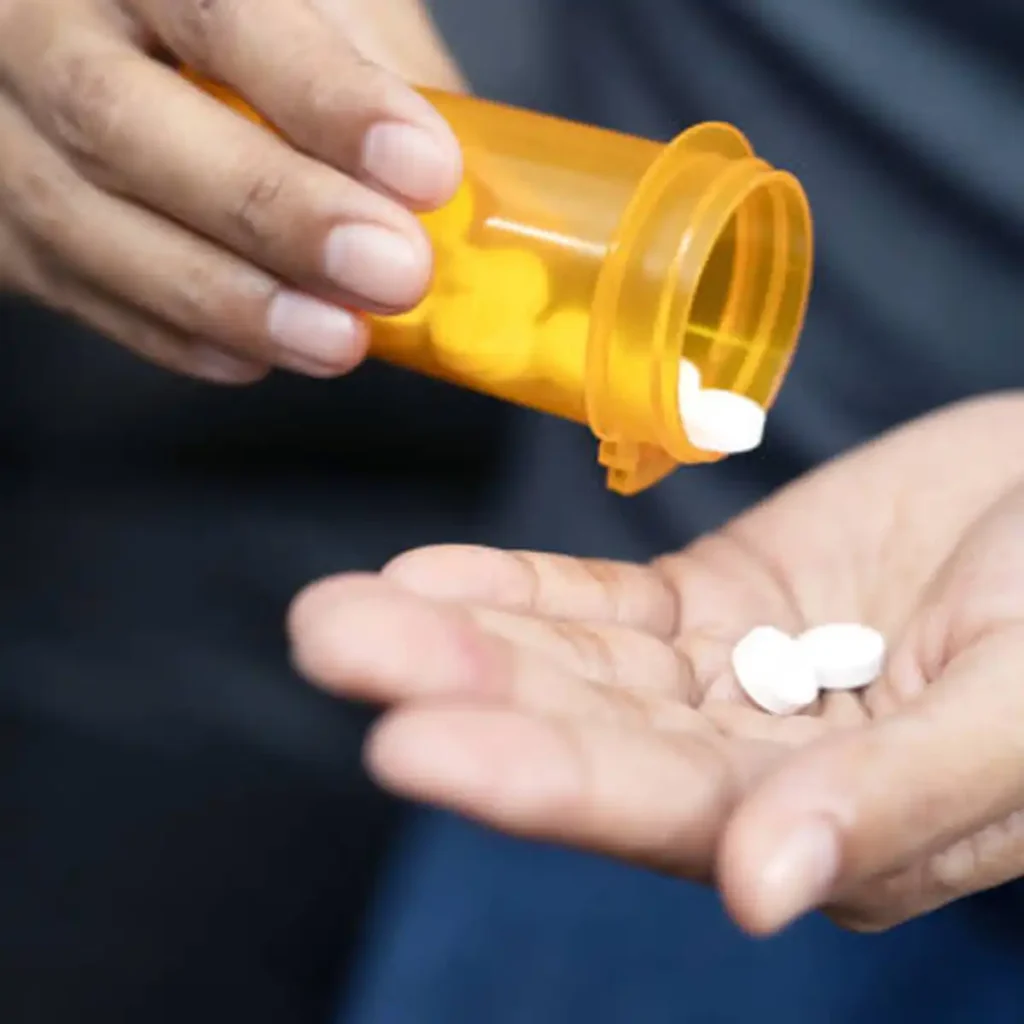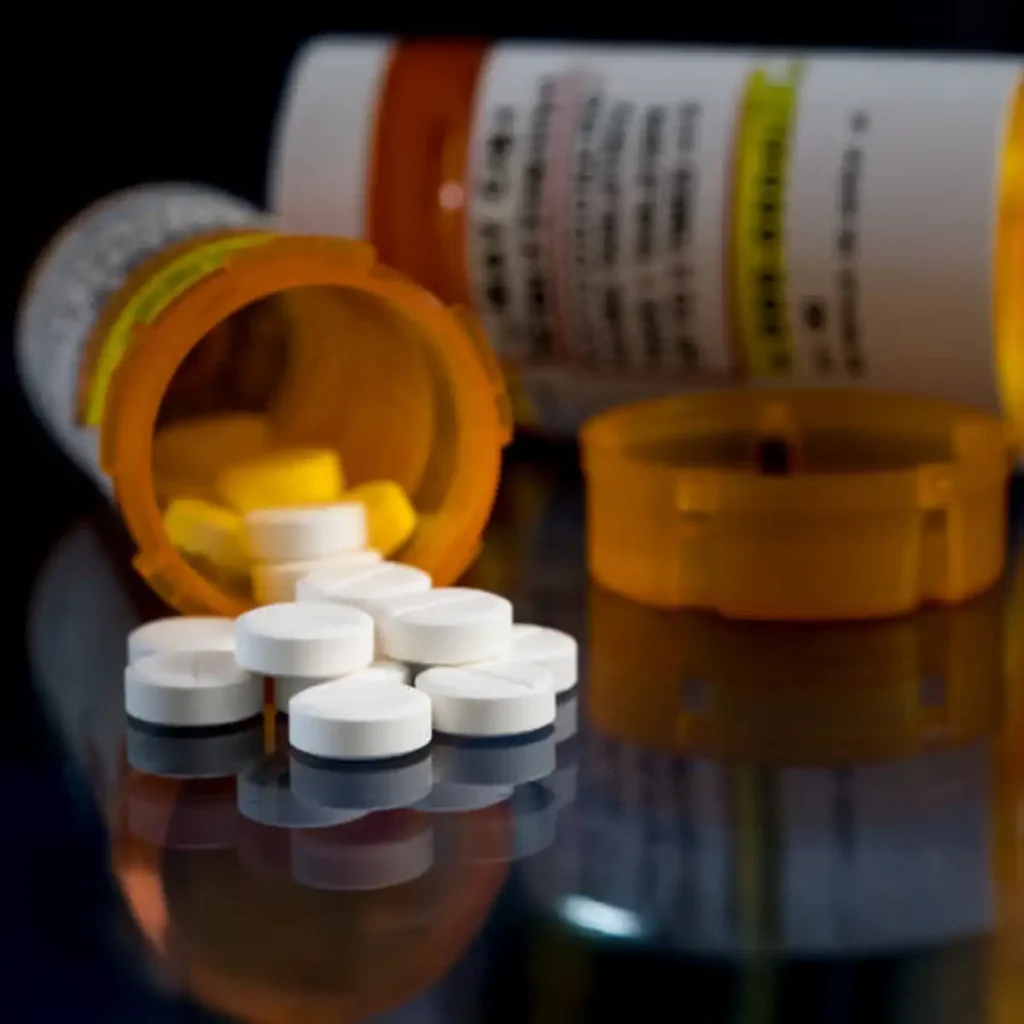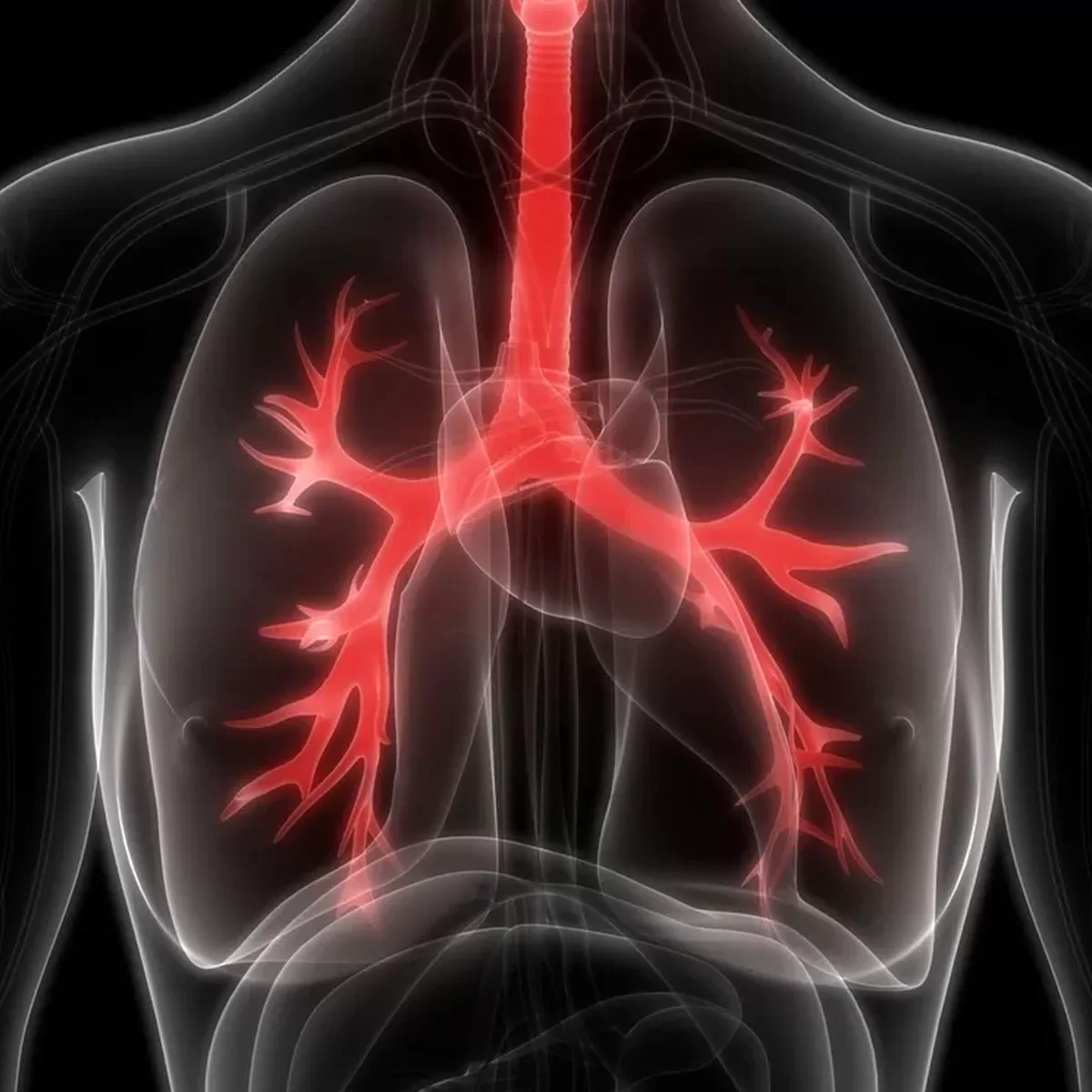Nitazenes present an emerging synthetic opioid threat for healthcare professionals
Nitazenes are highly potent synthetic opioids from the benzimidazole family that now present a fast-moving threat in the United Kingdom and in other regions. The core scaffold places them apart from natural opiates such as morphine and from other synthetic drugs such as fentanyl. Their return to illicit markets since 2019 has aligned with clusters of fatal and non-fatal overdoses and with escalating alerts to healthcare services. The category sits within novel psychoactive substances and demands rapid literacy among clinicians, pharmacists, toxicologists, and service commissioners.
The history of benzimidazole opioids explains the current resurgence
Pharmaceutical researchers at Ciba in Switzerland synthesised and assessed benzimidazole analgesics in the 1950s. Several analogues, such as etonitazene, showed extreme potency in preclinical work. Development halted due to a narrow therapeutic index and profound respiratory depression risk, along with dependence potential. The molecules then remained a specialist academic topic with occasional reports of illicit use, including a small cluster in Moscow in the late 1990s. The present wave began in 2019 with isotonitazene detected in Europe and the United States. As production controls tightened on fentanyl and key precursors in China from 2016 to 2019, clandestine laboratories shifted to structures described in open literature. Pressure on one segment of the illicit supply displaced activity into another segment. That shift exposes the limits of substance-by-substance scheduling and shows the adaptability of the market.
The United Kingdom’s response reflects the speed and reach of the threat
In the United Kingdom, the first confirmed sample arrived via the WEDINOS drug checking service in April 2021. Detections and harms then grew at pace and culminated in a National Patient Safety Alert in July 2023. The alert asked all NHS teams to recognise the extreme potency and toxicity of nitazenes and to adapt practice to prevent avoidable deaths. The signal marked an inflexion point for primary care, emergency medicine, mental health, community pharmacy, ambulance services, and coroner systems.
Fun fact: the first nitazenes were built during mid-century analgesic research and never marketed for pain because the safety margin proved too small.
The chemical and pharmacological profile defines potency and risk
Nitazenes share a benzimidazole core with two benzyl substituents and one ethylamine group that together drive affinity for the mu opioid receptor. Small substitutions on the phenyl ring or on the amine chain alter lipophilicity and potency. That structural plasticity has generated many analogues and has complicated routine detection. Pharmacologically, nitazenes act as potent, selective, full mu receptor agonists. They inhibit adenylyl cyclase, reduce intracellular cyclic adenosine monophosphate, hyperpolarise neurons, and suppress excitatory neurotransmitters such as glutamate and substance P. Analgesia, euphoria, and sedation follow. The same mechanism produces deep respiratory depression, which drives mortality. Some in vitro work reports engagement of beta arrestin pathways that may influence tolerance and adverse effects. The clinical translation remains uncertain and still requires human data.
Nitazenes exhibit extreme and variable potency across analogues
Potency varies widely across the class, yet sits at levels that raise overdose risk at very low doses. Metonitazene is commonly estimated at around 100 times morphine. Etonitazene and N-pyrrolidino etonitazene have been reported at up to 1,500 times morphine. Protonitazene often tests at roughly double the fentanyl strength in some assays. In practice, in vitro potency does not map perfectly to human effect. Even so, concentrations measured post mortem often mirror those seen in fatal fentanyl cases, which places the order of magnitude of risk in a comparable range for many events. Clinicians should assume high potency unless proven otherwise and should plan for a wider therapeutic window for antagonism.
Metabolism and toxicological profiles complicate detection and care
Available data indicate rapid and extensive hepatic metabolism through cytochrome P450 systems that include CYP2D6, along with other isoenzymes. Hydroxylation, N desethylation, and O dealkylation appear common. Parent drugs may fade quickly in the blood and urine. That pattern drives underreporting unless laboratories target key metabolites. Some metabolites retain or even exceed activity. The N-desethyl metabolite of isotonitazene has shown greater mu receptor agonism than the parent. That activation can prolong toxicity after initial reversal and explains episodes of recurrent depression after early improvement with naloxone. Other metabolites, such as the N-desethyl form of etonitazene, can be less potent than the parent. The mix introduces uncertainty that requires aggressive monitoring and flexible dosing strategies.
Emerging cardiac risks warrant targeted monitoring
Computational analyses published in 2024 predicted that several common nitazenes inhibit the hERG potassium channel. hERG blockade is a known route to drug-induced arrhythmia, including torsades de pointes. Some clinical reports link metonitazene with higher frequencies of cardiac arrest. The strength of evidence remains limited and needs prospective study. Clinicians should still prepare for cardiac complications in overdose care and should consider rhythm monitoring and electrolyte correction while ventilation is secured.
Global epidemiology shows rapid spread and shifting markets
The UN early warning systems have catalogued a rise from one reported nitazene analogue in 2019 to more than two dozen by early 2025. Detections span Europe, North America, South America, Asia, and Oceania. Europe shows a clear pivot. Since 2021, unique nitazenes reported each year have outnumbered new fentanyl analogues. That pattern indicates market adaptation rather than a decline in synthetic opioid demand. The most active reporting countries include the United States, Canada, several Baltic states, and the United Kingdom.
United Kingdom data reveal a sharp and ongoing escalation
Official figures based on completed death registrations in England and Wales recorded one nitazene-related death in 2021, then 38 in 2022, then 52 in 2023. Provisional surveillance from health and law enforcement networks paints a more current picture. In England, 179 deaths that involved a nitazene were confirmed for the twelve months from the start of June 2023 to the end of May 2024. The distribution covered every region. Protonitazene, N-desethyl isotonitazene, and metonitazene appeared most often in those deaths. Scotland reported a rise from one death in 2022 to 23 in 2023. The differences between registered figures and surveillance snapshots reflect a delay in formal registration and gaps in routine testing. The trajectory is upward and demands system-wide action.
Patterns of misuse expand beyond heroin markets
Most exposures in the United Kingdom appear unintentional. Suppliers use nitazenes as low cost adulterants to intensify or stretch products. Findings include heroin, cocaine, and counterfeit tablets that mimic benzodiazepines or prescription opioids. Recent work has found nitazenes in illicit vaping liquids, which widens exposure to new groups. Routes of administration follow the host drug and include injection, inhalation, insufflation, and oral dosing. A second wave of harms now affects people who buy counterfeit medicines online. Fatalities have been confirmed without heroin or cocaine present. That shift requires broader public messaging and outreach beyond traditional heroin using communities.
Clinical features align with the opioid toxidrome
Acute nitazene intoxication produces the classic triad of central nervous system depression, respiratory depression, and pinpoint pupils. Nausea, vomiting, cool clammy skin, hypotension, and bradycardia are common. Highly potent agents can produce skeletal muscle rigidity, including chest wall rigidity, that worsens ventilation. Death most often results from hypoxia after respiratory arrest. Survivors risk hypoxic brain injury. Chronic health effects specific to nitazenes have not been mapped and are presumed to follow other opioid harms, such as tolerance and dependence.
Routine testing misses nitazenes and masks the true prevalence
Standard immunoassays used in urgent care and inpatient settings do not detect nitazenes. Clinicians can face a clear toxidrome with a negative opiate screen. Treatment must follow the bedside picture rather than a screen. Definitive identification requires liquid chromatography tandem mass spectrometry and related confirmatory techniques that are absent in most hospital laboratories. Underdetection reduces the accuracy of official data and can slow public health responses. Community harm reduction faces the same blind spot. Widely used fentanyl test strips do not cross-react with nitazenes and can offer false reassurance.


Legislative responses evolve toward generic control classes
The United Kingdom has moved from controls on early analogues such as etonitazene and clonitazene to comprehensive action. In March 2024, fourteen additional nitazenes entered Class A under the Misuse of Drugs Act. Lawmakers also adopted a generic definition that places any compound within the specified benzimidazole scaffold under Class A. The same substances sit in Schedule 1 under regulations which signal no recognised therapeutic use and restrict handling to licensed research. International action has advanced in parallel. The UN Commission on Narcotic Drugs has added several nitazenes to Schedule I of the 1961 convention, with ten scheduled by mid-2025 and further recommendations pending. The United States Drug Enforcement Administration has applied Schedule I status to many analogues and has used temporary scheduling to move quickly where needed. The direction of travel is clear. Jurisdictions are shifting from individual listings to class-based control to keep pace with clandestine chemistry.
Clinical management prioritises naloxone strategies and observation
Naloxone remains the cornerstone of overdose care. As a competitive mu receptor antagonist, it reverses respiratory depression when delivered promptly. Case series and expert reports show that nitazene overdoses often need higher total doses and repeated administrations when compared with heroin or even fentanyl. A scoping review reported a median total dose of 6 milligrams for metonitazene reversal and 3 milligrams for isotonitazene reversal. Frontline teams in the United Kingdom have described extreme cases that required many repeat doses for a single patient. High potency and high receptor affinity likely drive the need for higher naloxone concentrations to displace the agonist at the receptor. Standard take-home kits may not carry enough doses for sustained reversal before emergency care arrives. Several services now argue for a review of kit composition and for consideration of higher dose intranasal options where licensed.
Harm reduction measures require a wider reach and better tools
The duration of action of some nitazenes and of active metabolites supports a low threshold for continuous naloxone infusion after initial stabilisation. Clinicians should extend observation for up to 24 hours to detect recurrent depression. In the United Kingdom, guidance supports a standard initial dose such as 400 micrograms given intravenously with rapid escalation protocols and extended monitoring. Harm reduction must match the shape of the threat. Priorities include wider take-home naloxone access via community pharmacy and specialist services, support for anonymous drug checking systems such as WEDINOS, and targeted public messaging. Core messages include never using alone, testing a small dose from a new batch, carrying multiple naloxone kits, and understanding that fentanyl strips do not detect nitazenes. Maintaining and expanding opioid agonist treatment with methadone or buprenorphine reduces exposure to unpredictable illicit supplies and lowers fatality risk at the population level.
Expert perspectives clarify operational pressures in services
Forensic toxicologists report rapid growth in detections and significant analytical pressure. Senior laboratory teams in the United Kingdom have confirmed expansion of the affected user base to include buyers of counterfeit medicines from illicit online sources. In the United States, leading forensic programmes describe nitazenes replacing fentanyl analogues as the main new synthetic opioids now appearing in samples. Addiction researchers in the United Kingdom link the rise of nitazenes to shifts in global opium production and warn consistently that registered deaths undercount true mortality. Clinicians in emergency and addiction practice describe cases that need many repeat naloxone doses and report spikes in overdoses through 2023 and 2024. Pharmacy teams stress their role in education and kit supply as heroin quality declines and users seek other routes to a desired effect. Public health leaders in Australia and elsewhere advise high suspicion, universal carriage of naloxone, and immediate medical attention even when reversal appears complete because the antagonist can wear off before the longer-acting nitazene.
Research gaps limit confident risk assessment and management
Human pharmacokinetic and pharmacodynamic data remain sparse for most analogues. Half-life data, metabolite activity, and drug interaction profiles are incomplete. Toxicological thresholds are unclear and are confounded by polysubstance use and by possible post-mortem redistribution. Epidemiology is distorted by test insensitivity in clinical and post-mortem workflows. The evidence base requires investment across controlled studies, surveillance systems, and method development in laboratories.
Practical recommendations support frontline decisions
Clinicians should maintain a high index of suspicion when an opioid toxidrome presents and routine screens read negative. Teams should plan for higher total naloxone doses, for continuous infusions where needed, and for extended observation to prevent re-narcosis. Pharmacists and allied professionals should counsel at-risk patients on the dangers of counterfeit medicines and should prioritise take-home naloxone supply. Commissioners should invest in analytical capacity in hospital and coroner laboratories. They should strengthen early warning networks that blend drug checking results, law enforcement seizures, ambulance call-outs, and emergency department data. International cooperation across law enforcement, public health, and laboratory science remains essential because the market is global and fast-moving.
The conclusion returns to the search intent and sets out the next actions
Searchers want a precise and practical understanding of nitazenes, the risks they pose, and the steps that reduce mortality. The picture is clear. Nitazenes are potent synthetic opioids that spread quickly through multiple supply chains and evade routine tests. The class produces the same toxidrome as other opioids yet often needs higher naloxone doses and longer monitoring. United Kingdom data show a sharp rise in deaths and a shift into counterfeit medicine markets that expose broader populations. The response is equally clear. Raise clinical suspicion, expand take-home naloxone, strengthen testing and surveillance, and scale treatment that stabilises people away from a volatile supply. Think of the system as a set of linked valves on a high-pressure network. Closing one outlet without opening safe channels only builds pressure elsewhere. The goal is controlled flow through evidence-based pathways that keep people alive.








